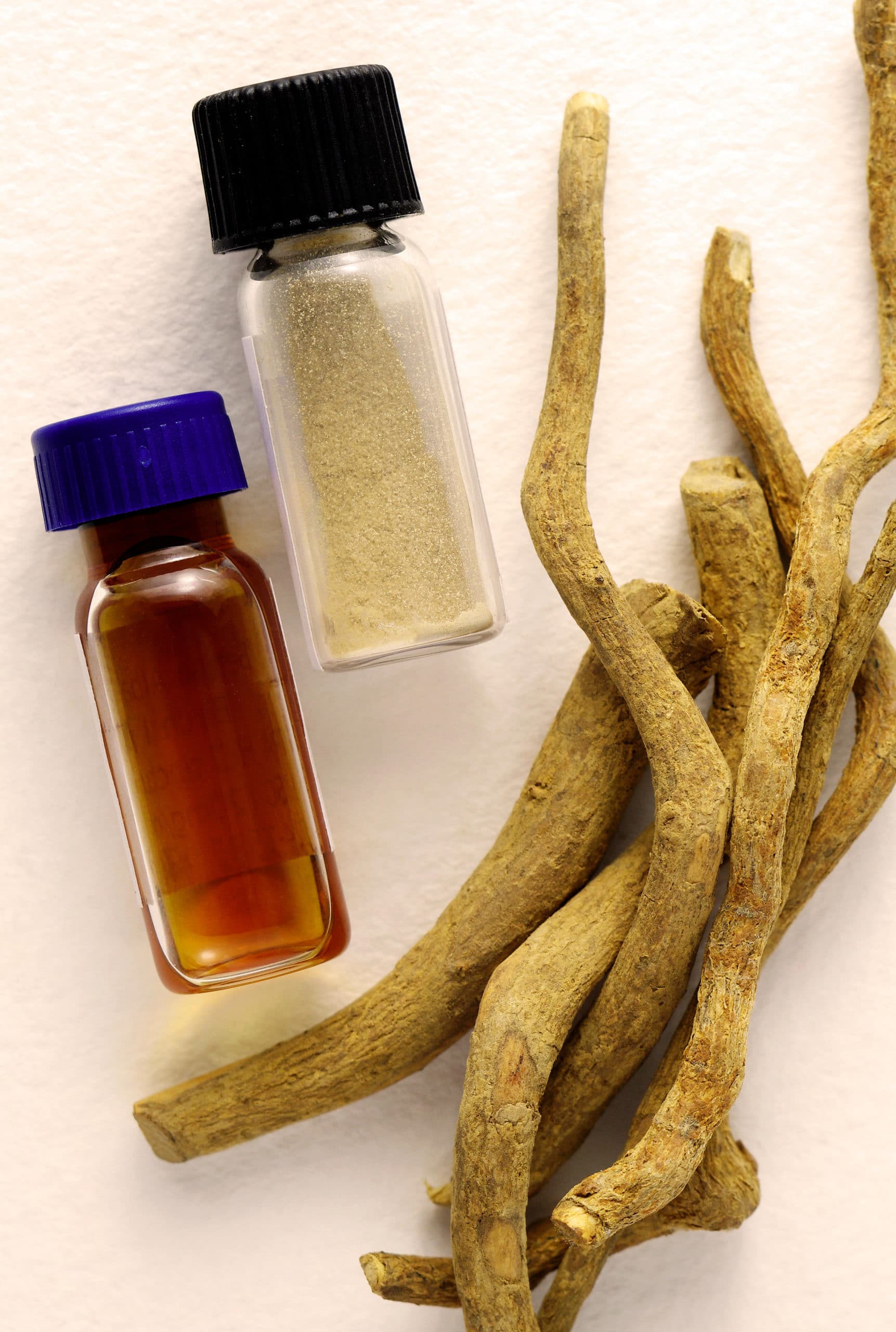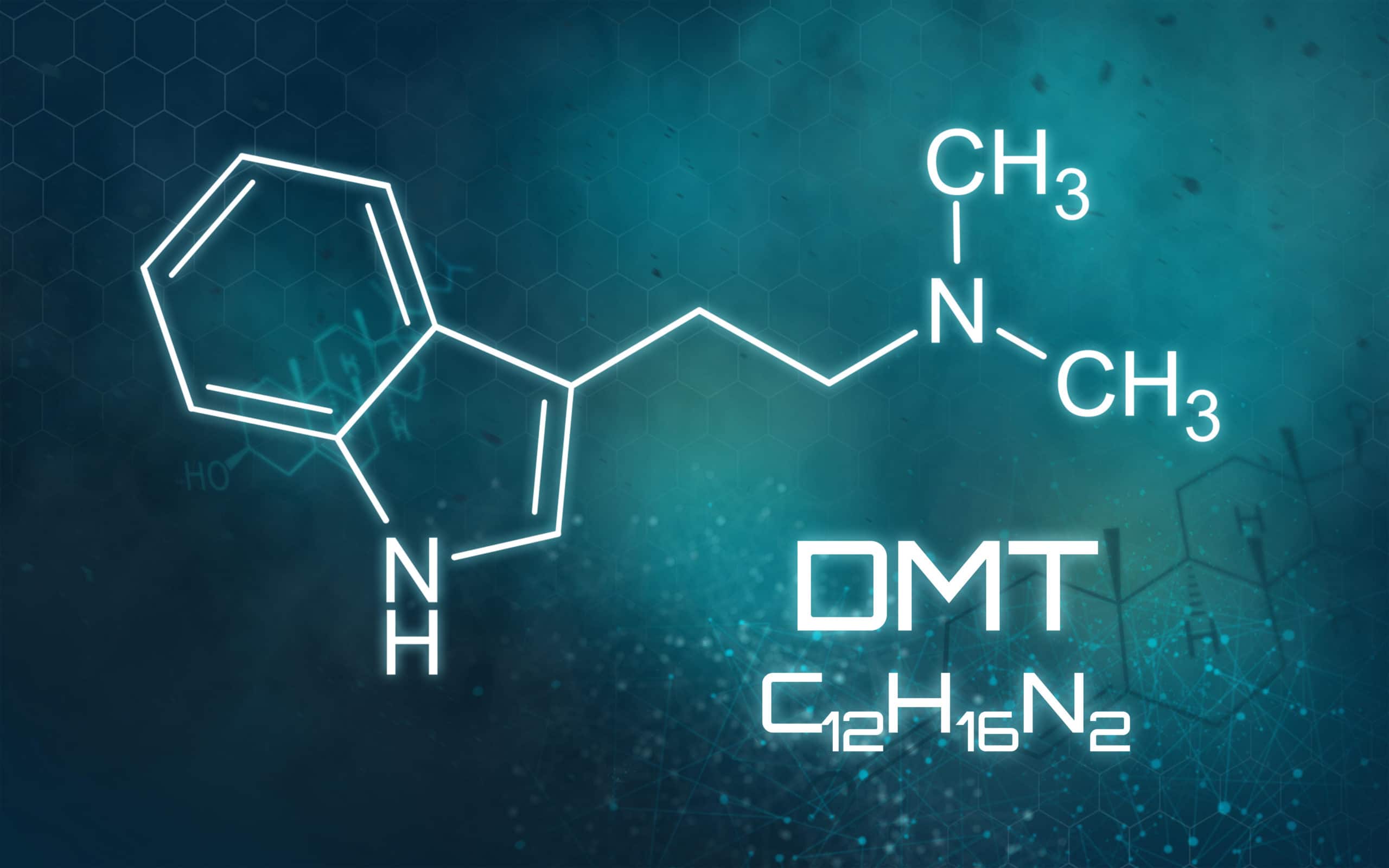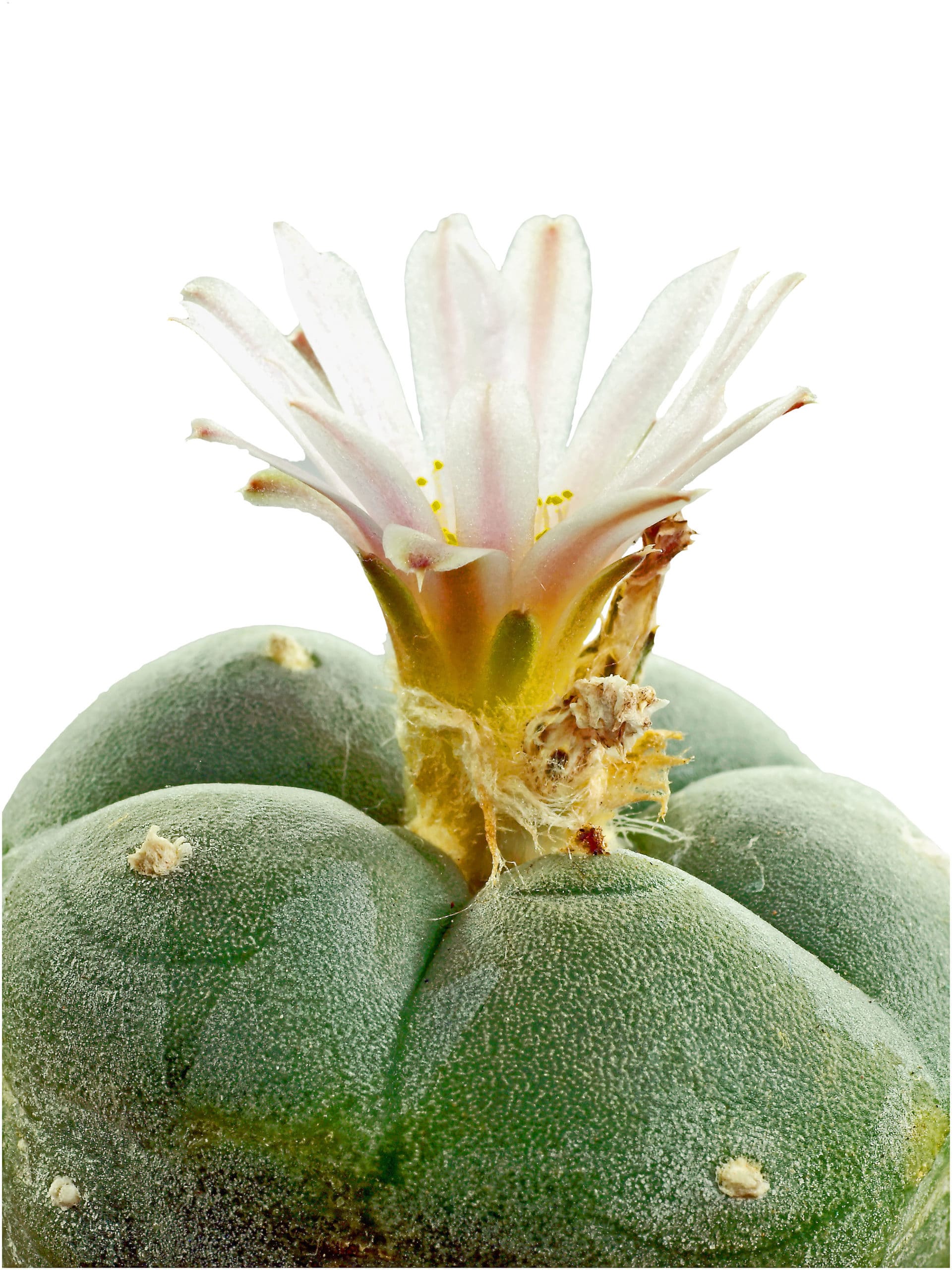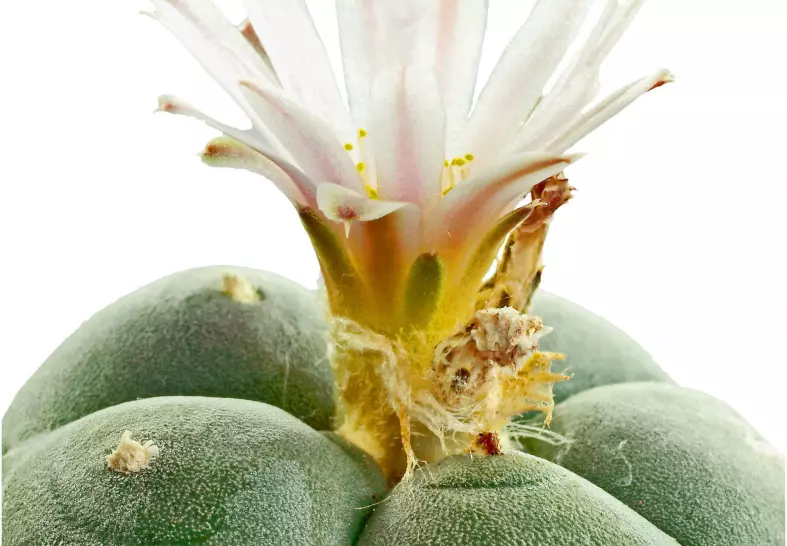On the November 3, 2020 ballot, DC residents voted with an overwhelming 76.18% in favor of Initiative 81. This proposal places entheogenic plants and fungi among the city’s lowest law enforcement priorities. IMPORTANT! I-81 does not change the legal status of entheogenic plants and fungi! It is a policy change (effective 3/15/21) with regards to arrests and prosecution of those in possession these substances.
At the very least, Initiative 81 served as way of making an official statement to the District's duly-appointed overseers that its citizens want them to “cease prosecution of residents of the District of Columbia for these activities.” Other cities, such as Denver, Oakland, and Ann Arbor, along with the entire state of Oregon, have recently passed similar ballots to scale down America's failed war on drugs.
An Entheogen By Any Other Name
The key term in I-81 is entheogenic. An entheogen is a chemical substance, typically of plant origin, that is ingested to produce an altered state of consciousness for religious or spiritual purposes. More specifically, the new policy refers explicitly to ibogaine, dimethyltryptamine, mescaline, psilocybin and psilocyn. So, what are these chemicals, how are they used and what effects do they produce?
Ibogaine

Ibogaine is the key ingredient of iboga, a shrub native to west Africa. It has historically been used in the medicinal and spiritual rituals of the Bwiti in Gabon. Very little scientific research has been conducted on this substance. However, a long-term study was published in 2009 by psychotherapist John Harrison on of the use of ibogaine as a treatment for opioid addiction. This research wasn’t promising as only 4 of the 30 participants lasted more than a year without relapse after the single treatment session.
The psychedelic experience lasts 24 hours and can be broken up into three phases. The Acute Phase begins 1-3 hours after ingestion. The ibogaine experience has been described as a waking dream where users say they enter a visual landscape (as opposed to intrusive hallucinations). Sounds like The Dreaming to me.
The Evaluative Phase begins after 4-8 hours. This is described as an emotionally neutral time where users contemplate their phase 1 experience and are commonly annoyed at outside distractions which interrupt their reflections.
The third phase, Residual Stimulation, is when the psychoactivity fades. Users report experiencing heightened arousal and vigilance along with sleeplessness in this phase, which can last for 24 to 72 hours. WebMD has a laundry list of adverse effects to consider- including death- but rates small amounts taken orally as possibly safe.
DMT

Bring on the machine elves! Dimethyltryptamine, better known by the street name DMT, occurs naturally in a variety of South American plants and has been used in native rituals for centuries. It is the main active ingredient in ayahuasca. Some evidence suggest the chemical is produced naturally by our own bodies in the pineal gland and is released when you dream. Others believe the chemical is released at birth and death, the latter of which has been suggested as the root of the mystical near-death experience.
You can drink DMT, smoke it, vape it, inject it, or snort it. Psychedelic effects usually last about 45 minutes, but can last 2-3 hours when consumed as brew. Most experience intense auditory and visual hallucinations, euphoria, and an altered sense of space, body, and time. Many users report oddly similar hallucinations about visiting other worlds and communicating with elf-like beings. Because DMT is an agonist for serotonin receptors in the brain, it is unsafe to consume the substance with anti-depressants such as monoamine oxidase inhibitors (MAOI’s), as elevated serotonin levels can cause a life-threatening disorder. Other adverse effects include increased heart rate, dizziness, agitation, paranoia, chest pain and nausea.
Mescaline

Mescaline is typically found in several species of cactus, the most famous of which is the Peyote cactus. It has a long history in Native American culture. Although it is considered illegal throughout the US, there is a legal exemption for certain Native American religious ceremonies. The tops of the cactus have disc shaped buttons which can be cut off and soaked in water to make a psychedelic tea. It can be consumed raw or dry, though its quite bitter. It can also be ground into a powder and smoked with tobacco. The hallucinogenic effects include an altered or disassociated sense of body, space, and time. Some even experience synesthesia, hearing colors and seeing sound. Mescaline isn’t known to create a physical dependency but an increase in tolerance can occur over a short period of consistent use. The most common adverse effects are agitation, anxiety, sweating and nausea. They're also known to cause hallucinogenic persisting perception disorder, aka flashbacks.
Shrooms

Psilocybin and psilocyn are the primary ingredients to the commonly known “Magic Mushrooms”. They have long, slender stems (typically white or grey) and are topped by caps with dark gills on the underside. The mushrooms can be eaten fresh, dried, made into a tea, or mixed with other foods. Its hallucinogenic effects are varied. They can include intense feelings and sensory experiences, altered sense of time, synesthesia, as well as mystical/spiritual epiphanies.
The adverse effects are like the earlier mind-altering chemicals listed. Psilocyn has a similar chemical structure to serotonin and combined with psilocybin work as anagonist to the brain’s serotonin receptors. Research into psilocybin is ongoing as a possible treatment for serious forms of depression, addiction, PTSD, and eating disorders. In 2019, the FDA granted psilocybin its “Breakthrough Therapy” status, which allows the agency to speed up its study of a chemical’s possible medical uses.
Research Needed
It is important to point out that medical and scientific research into theses substances is limited since most of them were criminalized in the 1950’s and 60’s. Most of what we understand comes from individual testimonies of those who consume them for religious and recreational purposes. All of these chemicals carry the possibility of dangerous and life-threatening effects. At best, Initiative 81 and similar legislation should serve as a catalyst for increased research into the viability of these hallucinogenic substances as treatments for a variety of mental disorders.

